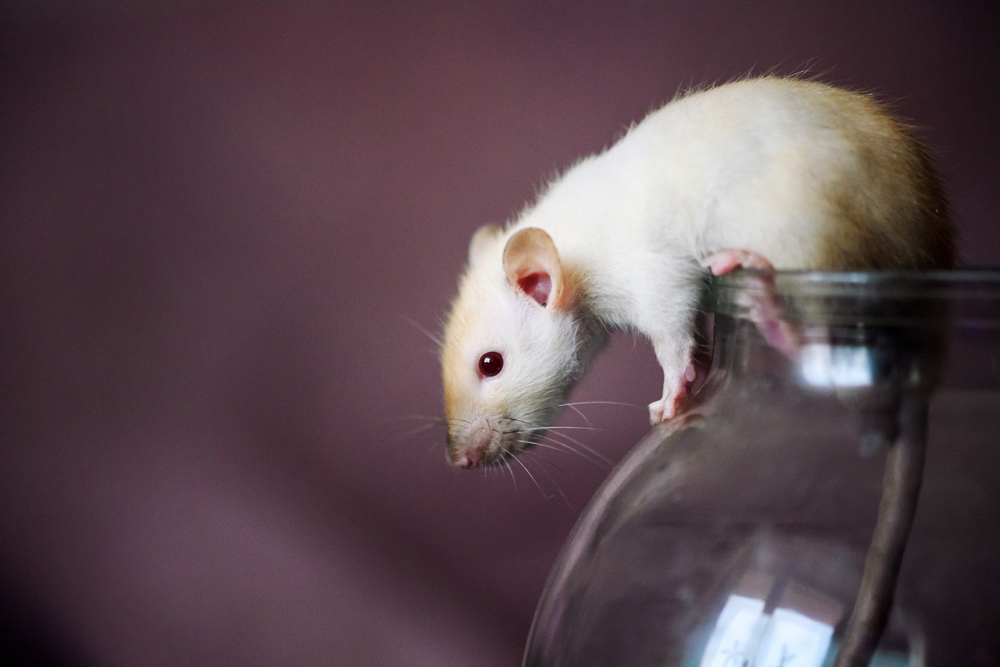Scientists Identify Proteins That May Become Biomarkers of Batten Disease
Written by |

Scientists have identified a series of proteins that may be useful biomarkers of disease progression for different types of Batten disease.
The study, “Analysis of brain and cerebrospinal fluid from mouse models of the three major forms of neuronal ceroid lipofuscinosis reveals changes in the lysosomal proteome,” was published in Molecular & Cellular Proteomics.
Neuronal ceroid lipofuscinoses (NCLs), also known as Batten disease, comprise a group of fatal childhood neurodegenerative disorders with a wide range of symptoms, including vision loss, lack of motor coordination, and impaired cognition.
These conditions can be caused by mutations in 14 different genes (CLN1 to CLN14) that lead to the accumulation of toxic insoluble waste deposits, called lipofuscins, inside cells.
New treatments, including enzyme replacement therapy and gene therapy, are now starting to be explored in clinical trials for some types of NCLs. However, biomarkers of disease progression that would be useful to assess the effectiveness of such therapies have yet to be identified.
“In evaluating potential treatments for NCLs, clinical rating systems are essential for evaluating long-term efficacy but biomarkers that allow measurement of short-term response to treatment would be extremely useful,” the investigators wrote. “Such biomarkers could help optimize dose and dosing regimen and also provide clinical endpoint surrogates to accelerate approval of effective treatments and allow trials of ineffective treatments to be terminated in a timely manner.”
In this study, researchers from the Rutgers University and their collaborators set out to look for potential disease biomarkers for the three most common types of NCLs — CLN1 disease (infantile NCL), CLN2 disease (classical late infantile NCL), and CLN3 disease (juvenile NCL).
To that end, they obtained samples of brain tissue and cerebrospinal fluid (CSF, the liquid that circulates in the brain and spinal cord) from three different mouse models of NCLs and compared the protein contents to samples from healthy animals (controls).
Their main goal was to look for proteins whose levels were either abnormally high or low compared with the controls, because these would be the most likely candidates for future disease biomarkers.
Protein samples were collected at different stages of disease progression, and the amount of proteins found on each sample was measured by a technique called isobaric labeling.
The team identified a total of 8,303 proteins in brain tissue samples and 4,905 in CSF samples. In general, most of the significant changes they found in protein levels between diseased and healthy animals were from animals that were at more advanced stages of the disease.
This suggests that these changes “were a consequence of progressive neurodegeneration or other pathological [disease] processes rather than an immediate response to the metabolic defect caused by mutation of the disease gene,” the researchers wrote.
At later stages of disease progression, the researchers found a total of 445 proteins in mice with CLN1 disease and 91 in mice with CLN2 disease whose levels were significantly different from those of healthy animals.
In animals with CLN1 disease, most of these proteins were overproduced, with the exception of palmitoyl protein thioesterase 1 (PPT1, the enzyme lacking in patients with CLN1 disease), whose levels were abnormally low.
The same pattern was observed in animals with CLN2 disease, with most proteins found in abnormally high levels and only tripeptidyl peptidase 1 (TPP1, the enzyme lacking in patients with CLN2 disease) was below the normal range. In mice with CLN3 disease, four proteins had abnormally high levels.
When they focused on these proteins, they found that many of them (e.g. TPP1, SCARB2, CD63) played a role in lysosomes — the small cell compartments that digest and recycle several molecules and whose function is impaired in NCLs — or were indicators of brain inflammation and neurodegeneration (e.g. NEFH, NEFL, and NEFM) and could become promising NCL biomarkers.
“[S]ubsequent studies are needed to validate candidates identified in this study and use of mouse models will facilitate long-term studies to evaluate the response of biomarkers to disease progression,” the researchers wrote.




